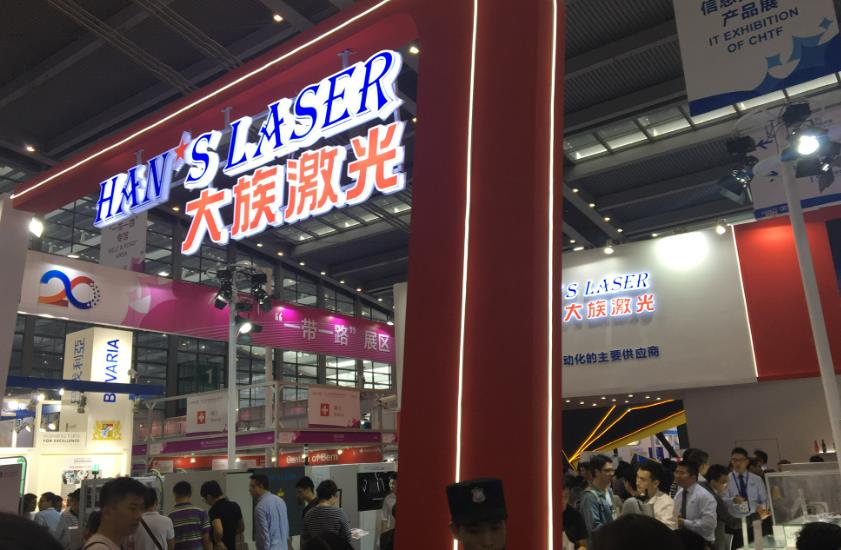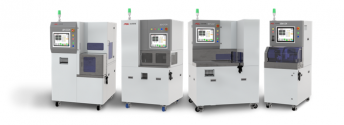Applied Materials: Chinese chip companies will adjust their process node strategies
"We anticipate that some customers may decide to change their plans or technology, so it will not exceed the threshold affected by the rule at this time," said Applied Materials chief financial officer Brice Hill.
"However, development of such process nodes and validation/qualification by customers will take some time,<...> as a result, Applied expects that companies in China with 14nm designs will continue to use that node and the services that the foundries can provide. Meanwhile, a hypothetical 17nm node (assuming it makes financial sense) could be used for an entirely different design. "
"Applied Materials said U.S. sanctions on China's semiconductor industry, which prevent it from supplying advanced equipment to Chinese customers, will cost it $2.5 billion in revenue in fiscal 2023, or 10% of its 2022 revenue."
I translate like: we are asking our customers, in a deperate attempt, to increase minimum rules from 14nm to 17nm, but we also understand this makes little sense (invest time and resource to take advantage of a possibly short-lived loophole that can be closed at any time), and so we expect to lose it all ($2.5 billion is far more than just advanced nodes in China).
IMO Applied Materials gave up on China market. They understand it's game over for them in China. They just don't want to admit it officially.
BTW "companies in China with 14nm designs will continue to use that node" it's very telling, it means customers will use alternative equipment for 14nm.


